This is a second part of a two-part series. To read the first part — click here
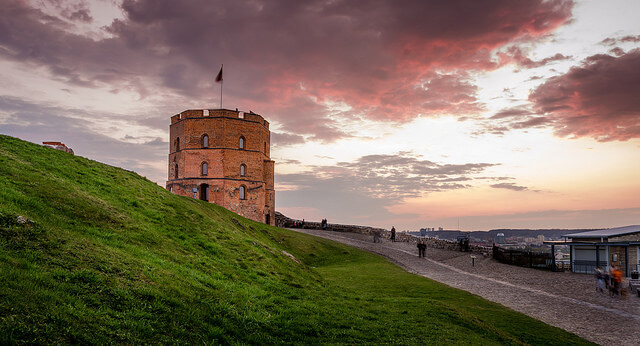
Welcome to another part of our blog post series about travelling in the Baltics. This time, we’ll be having a closer look at travelling to Lithuania.
Lithuania is the southernmost country of the three countries of the Baltic States. Its’ Baltic Sea coastline is west and it neighbors with Latvia, Belarus, Poland and Kaliningrad.
Lithuanians take pride in their folk traditions and preserve them. This ethnographic heritage is kept alive by many folklore companies and theaters, that frequently arranges folk festivals and both gather and publish information about Lithuanian ancient traditions: clothing, traditional songs, stories and rituals.
Lithuania has a deeply fascinating history. Lithuania is the oldest Baltic country, with mentions of its’ statehood dating back to 1009. It was formed in the 13th century. During the Middle Ages (15 century) was the largest state in the entire continent of Europe, standing at the forefront of overseas trade and crafts.
Lithuania was also home of one of the most important European education centers, which influenced Academia all over Europe – Vilnius Academy, which was opened in 1579. In the same century, the First, Second and Third Statures, which became a backbone of Lithuania and the rest of European States were developed and adopted. In 1569, Lithuania formed a commonwealth with Poland, which lasted until 18th century, when Lithuania became a part of the Russian empire. The Constitution adopted by the Commonwealth in 1791 was, along with the French constitution, the first constitutions in Europe.
Lithuania regained its’ independence in 1918, only to be incorporated in the Soviet Union in 1940. Lithuania was the first Soviet State to declare independence, the proclamation of which was recognized in September 1991.
In 2004, Lithuania became a member of both the European Union and NATO.
Travelling
Like with any country, focusing only on the largest cities when travelling means you will miss a lot of less common but equally beautiful sights as well as most of the countryside, of which in Lithuania there is plenty. But if you are planning to visit all of the Baltics in one go, these are the essential sights you absolutely have to see and visit.
Vilnius

Although the population of Vilnius is not particularly large (540 thousand inhabitants out of 2.885.000 living in Lithuania), the city is always lively and full of energy. One of the reasons for that, is that it’s full of tourists for most of the year, even though it is often overlooked as a tourist location. The city lies in the Easter part of the country, which is rich with forests. That makes for a fantastic side-trip if you get tired of the city, especially considering that the famous Trakai Castle is there.
There are lots of sights to be seen, but the most essential are the Orthodox Cathedral, Gediminas Tower which has a magnificent view of the city, the Big Cathedral and Užupis – the self proclaimed republic of artists, with lots of street art, small shops and cozy cafes. Aside from the main sights, walking through the narrow streets, hanging out in parks or looking at Lithuanias’ numerous churches and Medieval structures is a great experience in itself and is a fantastic way to get the first feeling of what Lithuania is truly about. If you want to see a more modern side of Vilnius, the business distric is on the other side of the river Vilna.
Kaunas
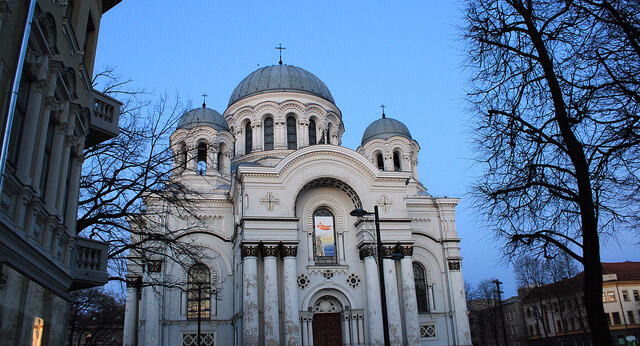
The Old town area of Kaunas is a captivating blend of Gothic, Renaissance and Baroque architecture, which is quite a sight! There’s a lot to see in the city, so the best way to spend the time in Kaunas is to take a walking tour, as there is a lot to see. Some of the main tourist attractions in the city are the Kaunas Castle, Kaunas City Hall and City Hall Square, St. Michael Church along with Laisves Aleja and many, many more. Additionally to the Old Town, the city is full of relaxing parks, museums and a New Town, if you’re more into modern architecture.
Klaipeda

Klaipeda is the third largest city in Lithuania after Vilnius and Kaunas and holds the role of a port city. Most of the city was destroyed in World war II and later reconstructed, so the amount of sights is somewhat limited. But fear not, Klaipeda has one fantastic sight nearby, which will compensate for the lack of Medieval structures in the city – The Curonian Spit. Ferries come and go there quite frequently, especially during the summer season. The beach is clean and is THE place to be during the summer season. Furthemore Nida – a pretty fishing town with a picturesque big dune, is within walking distance from there.
Palanga
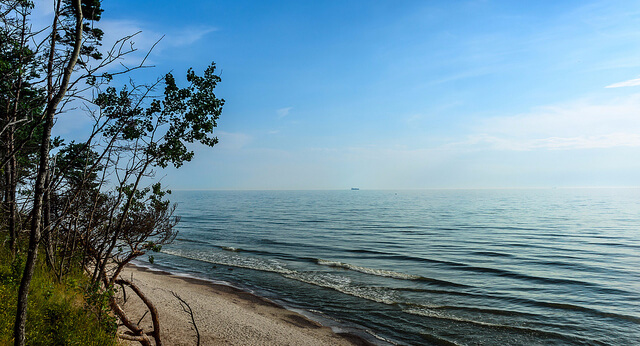
Palanga is one of the more relaxed cities of the ones we’ve talked about today. The city is full of traditional wooden buildings and houses. Palanga, as well as Klaideda, has a beach, which is full of both tourists and locals all throughout the year. The city os also home to the famous Amber Museum, which is located in a huge building surrounded by a beautiful park and a glorious Botanical Garden
Panevėžys

Due to the town being turned into an industrial center during the Soviet Era, the Old Town is destroyed and lots of older buildings were replaced with modern and not as aesthetically appealing ones. That being said, the inhabitants did all they could to preserve the architecture and the unique atmosphere of the city. Nowadays, Panevėžys is a modern urban landscape, which contrasts with the reconstructed Medieval buildings and nature locations. Some of the most popular tourist attractions are the Church of the Holy Apostles Peter and Paul and the Park near Senvagė in the city center.
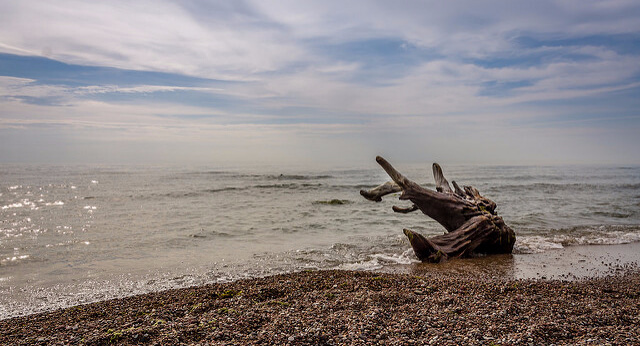
Fun Facts
1. According to a study made by a French scientist in 1989, Lithuania is in the geographical center of Europe.
2. Lithuanians were the last nation in Europe to convert to Christianity.
3. Some philologists generally agree that Lithuanian is the most ancient of all the living languages and the closest living language to Sanskrit. It is even believed to be more ancient, than Greek, Latin, German, Celtic and Slav languages.
4. Forest covers 1/3 of the country, including many protected regions and national parks.
5. Hannibal Lecter from the famous book and movie series “The Silence of the Lambs” was born in Lithuania.
Hope you’ve enjoyed our post and it made you consider Lithuania as your next travel destination. Please join us next time, when we will look at Lithuanias’ closest neighbor – Latvia!
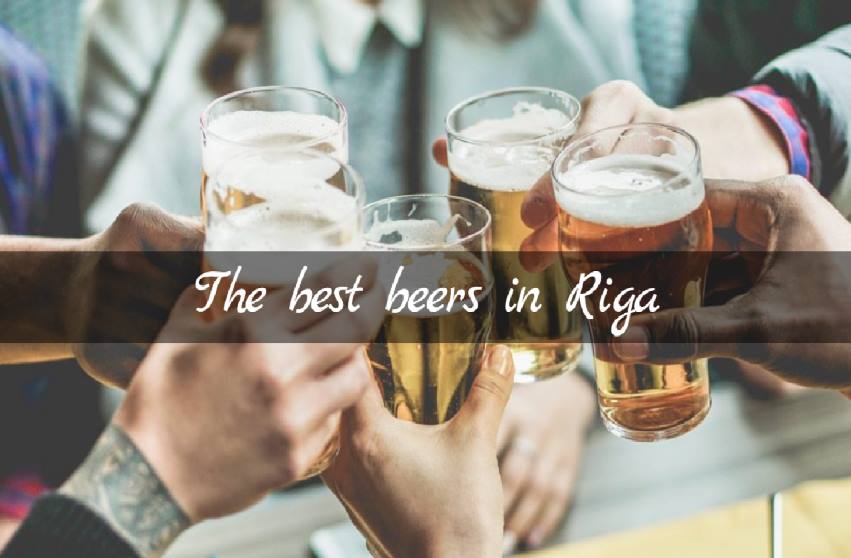
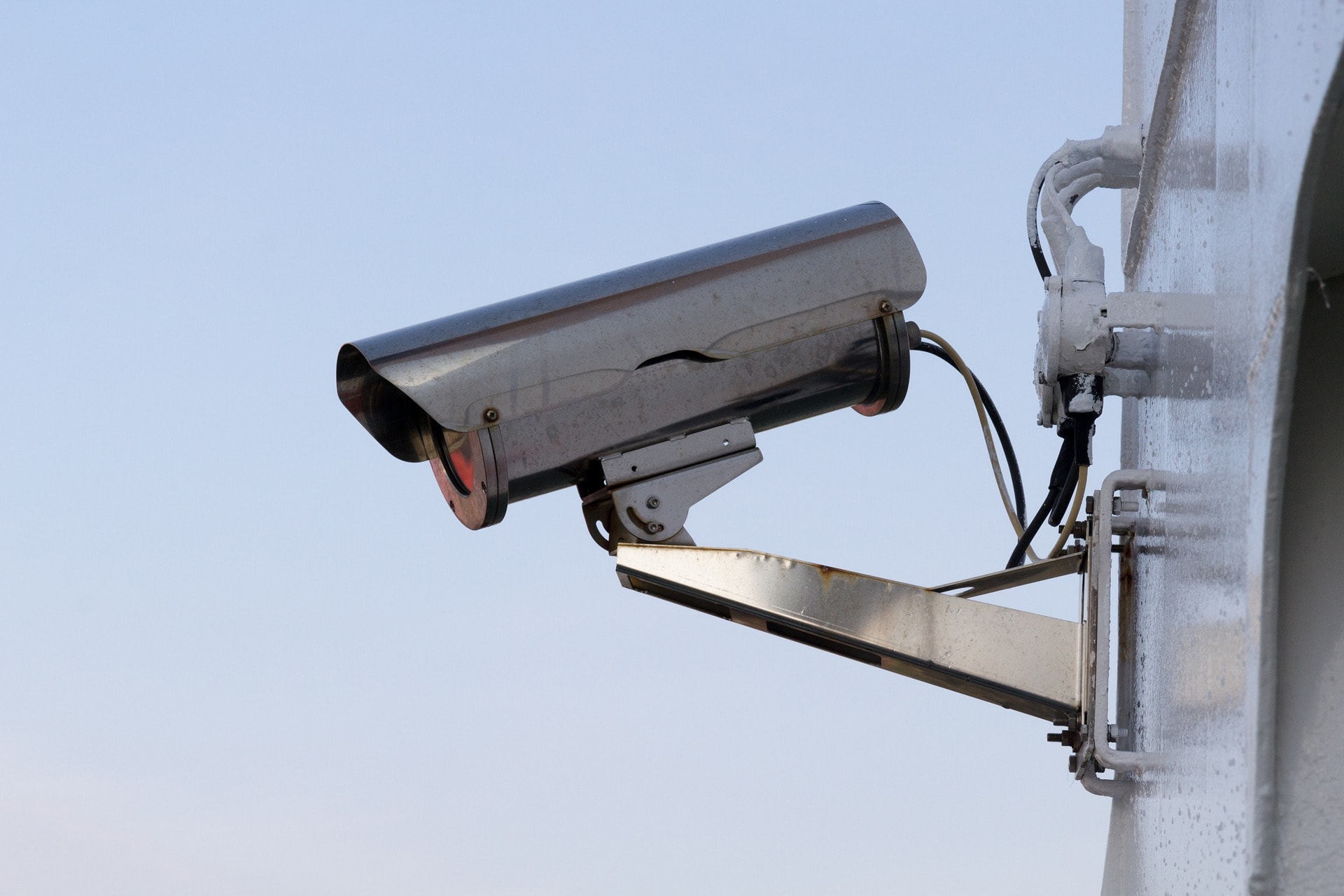
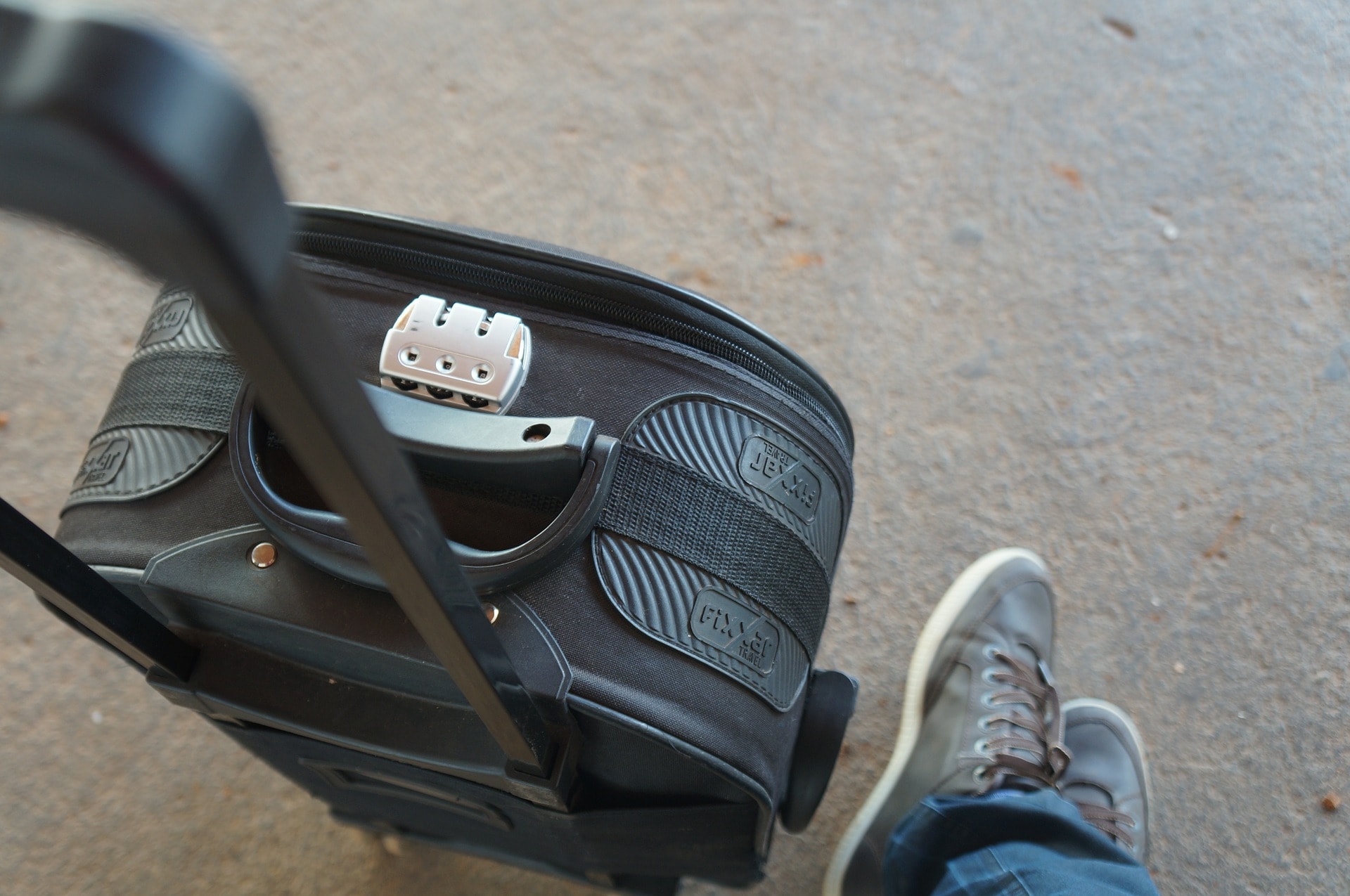
Добавить комментарий
Для отправки комментария вам необходимо авторизоваться.